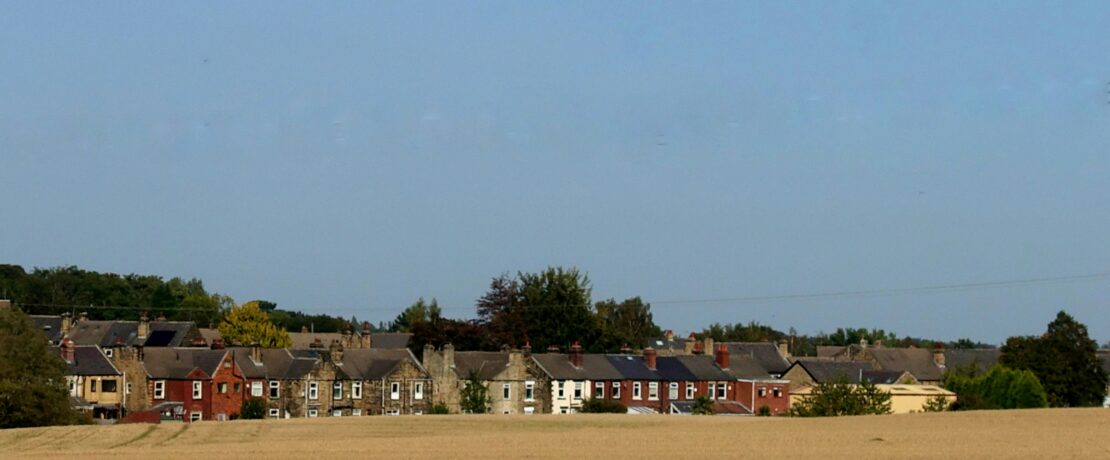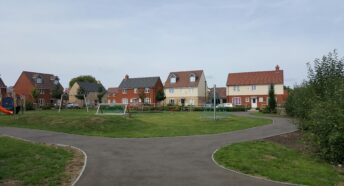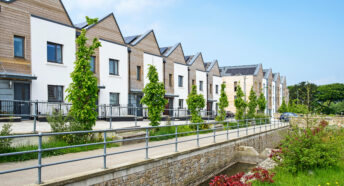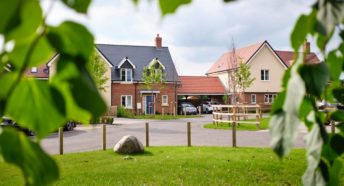Vast majority of rural councils have no targets for social housing
New research reveals a serious shortfall in rural social housing, with only 20% of local authorities setting targets to deliver it. As the housing crisis deepens, CPRE is urging the government to make social homes a planning requirement and better support rural councils to meet local needs.
- Only 20% of rural local authorities have planning targets for building new social homes
- There has been a consistent under-supply of new homes in eight out of ten rural local authorities since 1997
- The government has scrapped rural targets for building affordable housing in its new Social and Affordable Housing Programme
- CPRE is calling for the compulsory inclusion of social homes in all new housing developments and more support for councils to deliver them
A new CPRE report, produced with UWE researchers, has revealed a concerning picture of under-supply and inadequate planning for social housing across England’s 84 rural local authorities.
The new research reveals that only 20% of rural local authorities have set specific targets for social rent housing in their Local Plans, the documents that set out the long-term development needs for an area. Several rural local authorities have no plans to build any new social housing. This represents a fundamental failure to address the housing needs of local people who cannot afford market-rate or even so-called ‘affordable’ housing.
The report follows a decision by the government to scrap rural targets for new affordable homes in its new Social and Affordable Housing Programme. CPRE research shows that there are currently more than 300,000 people on waiting lists for social housing in rural England.
While the recent adoption of the government’s new way to calculate housing demand (the Standard Method) has led to an overestimation in some parts of the country, the new research shows that 79% of rural local authorities have consistently under-supplied new homes compared to the number of new households. Housing shortfalls range from 41 homes in Wyre to a staggering 28,625 homes in Dorset.
Between 1997 and 2023, ‘affordable’ homes, defined as costing up to 80% market value, made up a consistent 31% of total housing delivery. However, this figure varies dramatically across different areas, ranging from just 2% in Horsham to 61% in North Warwickshire.
There is an extreme disparity between rural rents and house prices, which are higher than those in other parts of the country, and rural wages, which are much lower. This gap makes housing increasingly unaffordable for local workers and families in rural communities.
Recent government figures reveal a deepening housing crisis across rural England, with homelessness up 73% since 2018. Rates of rough sleeping in some countryside areas now exceed those in major cities. Research carried out by CPRE in 2023 revealed that twelve rural local authorities had rates of rough sleeping higher than the national average and seven higher than that in London.
In light of these findings, CPRE is calling on the government to:
- make the inclusion of social housing and affordable homes a condition of planning permission for all new development
- support Homes England to help rural local authorities to increase the delivery of new social and affordable homes
CPRE Head of Planning, Paul Miner, said:
‘The government’s commitment to build more social housing is encouraging, but we’re not yet convinced that enough will be done to tackle the housing crisis in rural areas. Not enough priority is being given in rural local plans to building social homes, so Angela Rayner needs to step in and make it a clear expectation that we see more genuinely affordable homes in every new housing estate in rural England.’
Read the report in full








